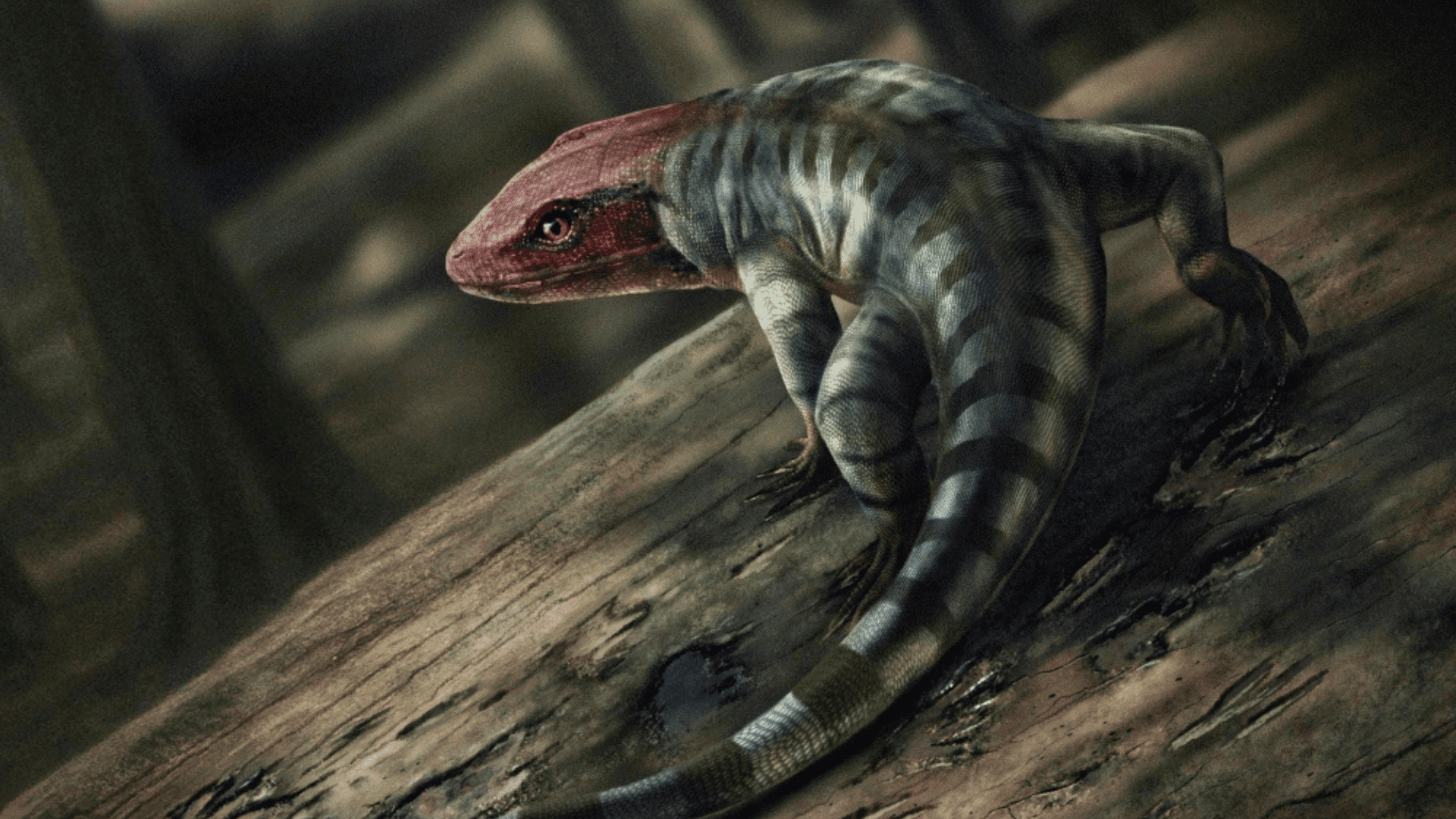Australian scientists have identified the oldest known fossil footprints of a reptile, which appear to date back approximately 350 million years ago. This finding suggests that the first animals began living on land around 400 million years ago, which is much faster than previously believed.
Oldest Reptile Footprints

Found on sandstone recovered near Melbourne, the fossil featured reptile-like feet with hooked claws and long toes. Previously, the earliest known animal footprints were found in Canada and dated back 318 million years ago.
“We had thought the transition from fin to limb took much longer,” said California State University paleontologist Stuart Sumida, who was not involved in the new research, to NBC News.
Researchers believe the animal measured around 2 ½ feet long and was similar in appearance to a modern monitor lizard. According to study co-author and paleontologist Per Ahlberg at Uppsala University in Sweden, the hooked claws are a crucial identification marker.
“I’m stunned,” said Ahlberg in a press release. “A single track-bearing slab, which one person can lift, calls into question everything we thought we knew about when modern tetrapods evolved.”
The claw feature was noteworthy because early vertibrates like fish and amphibians never developed claws or hard nails, remaining dependant on underwater environments. A separate branch of the evolutionary tree that includes birds, mammals, and reptiles, however, developed claws and nails to walk on the hard ground.
“This is the earliest evidence we’ve ever seen of an animal with claws,” said Sumida.
According to Ahlbery, the fossil footprints record the events of one day. One reptile scurried across the ground before a light rain fell, indicated by some raindrop dimples. Two more reptiles ran in the opposite direction before the ground hardened and covered in sediment.
BBC Wildlife Magazine stated that a second fossil, also described in the paper, came from Poland and contains the impression of clawed reptilian feet but is dated at 330 million years old.
Fossil “trackways are beautiful because they tell you how something lived, not just what something looked like,” said co-author John Long, a paleontologist at Flinders University in Australia.


